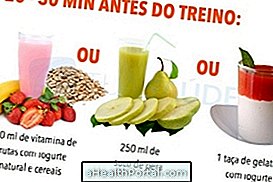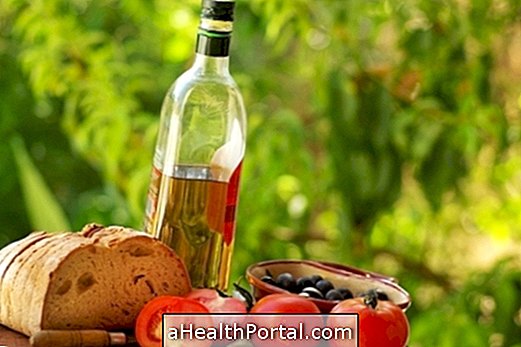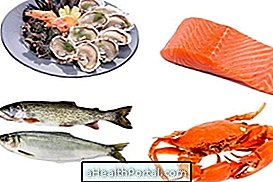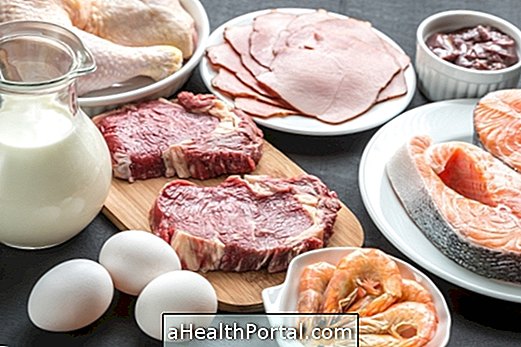Sometimes children over 1 or 2 years of age, despite being able to eat almost every type of food, seem to be too lazy to chew and refuse to eat rice, beans, meat, bread or potatoes. To solve this problem, you have to use strategies like leaving small solid pieces in the poultice or kneading only half of the baby, besides having a lot of patience at the time of the meal.
Having this kind of problem with children is not uncommon, and children who refuse to consume solid foods can often go through difficult periods in early childhood, such as being choked often or having illnesses that make it difficult to eat, the parents would resort to milk or porridge very often, not allowing adequate stimulation of chewing.

Here are 5 good ways to encourage your child to eat solid foods by putting their own food in their mouths and chewing it all on their own:
1. Start with foods that your child likes
Starting with foods that your child likes is an important strategy to facilitate acceptance of the solid meal. So if a child loves banana kneads, for example, try to offer half a whole banana and let it hold the food to feel its texture and smell. In some cases, repeating this strategy for a few days is enough for the child to start feeding the food spontaneously.
2. Leave small pieces in the
Leaving small pieces in the potato is a way to make the child feel the solid food gradually, without forcing it to eat all the solid food at one time.
You can also use the strategy of kneading only half the potato, leaving the other half made up of whole foods, and try to alternate the type of food with each scoop.

3. Create rewards to encourage
Creating small rewards stimulates the child to progress in feeding, and it is possible to use incentives such as clapping and smiling at each spoonful of consumption, or allowing the child to leave the chair to sit at the table with the other family members. she have a sense of importance and maturity.
4. Let the child pick up food
Letting the child pick up food and giving her a spoon to hold, even if it makes a mess in the kitchen, is a way to encourage her to feed herself and give herself a sense of power over food. This is a good strategy especially when there is another adult feeding next to it, as the child tends to mimic the actions of family members, including the gestures of bringing food to the mouth and chewing itself.
In addition, letting the child participate at the time of meal preparation also increases her intimacy with food and makes her more likely to try the food she has helped produce.

5. Restart the food introduction process
Even if the child is already over two years old, resuming the whole process of food introduction may be the most effective way to make her eat solid foods. To start over, one should try to start with only fruit jams or fruit shaved in the snacks, leaving the milk, porridge and the kneaded soup still as the main meals of the small.
As the child agrees to consume fruit potatoes, one should try to introduce the fruits into small pieces and salted potatoes, using mashed potatoes, kneaded eggs and ground meat, for example, always remembering to never force or threaten the child during the meal .
Consequences for health and development
Children who do not chew on solids, eat only purees, puffs, porridge, and liquid or creamy soups, may develop problems such as delayed speech and difficulty reproducing sounds correctly because of lack of mastication and stimulation of the muscles face. As a result of poor or poor speaking, a child may feel inferior or excluded when he or she begins to get along with other children at school.
These children need the follow-up of their pediatrician and nutritionist so that the lack of nutrients in solid foods is adequately compensated for in alternative preparations, such as soups with vegetables, meats and vegetables, pieces, fruit or milk vitamins or yogurt and cereals, juices fortified with pieces of fruit and vegetables, for example, because in any case it is important that the child is always stimulated daily to chew.
Gradually she is getting used to it and within a few months it may be possible to notice a good difference in her food and also in her growth and development.























